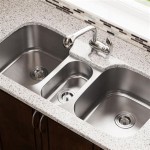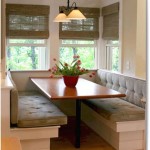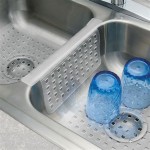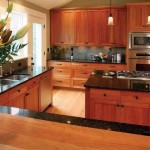Ceramic kitchen sinks are a popular choice due to their classic look and durability. They are often seen in traditional and classic kitchens and can be an attractive addition to any home. They come in a variety of shapes, sizes, and colors, so it’s easy to find one that will fit your kitchen’s aesthetic. But before making a purchase, it’s important to understand the features, benefits, and drawbacks of ceramic kitchen sinks.
Features of Ceramic Kitchen Sinks
Ceramic kitchen sinks are typically made from a mixture of clay, quartz, and feldspar. This combination of materials makes them durable and resistant to scratches, stains, and other damage. They are also heat-resistant, so they won’t be damaged by hot pots and pans. Additionally, ceramic kitchen sinks are easy to clean, as they can withstand strong cleaning agents. The glossy glaze on the surface of the sink also makes it easy to wipe down and keep clean.
Benefits of Ceramic Kitchen Sinks
Ceramic kitchen sinks offer a number of benefits. First, they are very durable and can withstand heavy use. They are also resistant to scratches and stains, so they will continue to look great for years. Additionally, ceramic kitchen sinks are heat-resistant, so you don’t have to worry about hot pots and pans damaging the sink. Finally, they are easy to clean and maintain. The glossy glaze on the surface makes it easy to wipe down and keep clean.
Drawbacks of Ceramic Kitchen Sinks
While ceramic kitchen sinks are a great option, there are a few drawbacks to consider. First, they can be quite heavy, which can make installation difficult. Additionally, they can be quite expensive, so they may not be an option for those on a tight budget. Finally, they are not as resistant to chips and cracks as other materials, so they may need to be replaced more often.
Conclusion
Ceramic kitchen sinks are a great option for those looking for a classic look and durability. They are heat-resistant, easy to clean, and resistant to scratches and stains. However, they can be expensive and difficult to install, and they aren’t as resistant to chips and cracks as other materials. It’s important to weigh the pros and cons before making a purchase.















Related Posts








